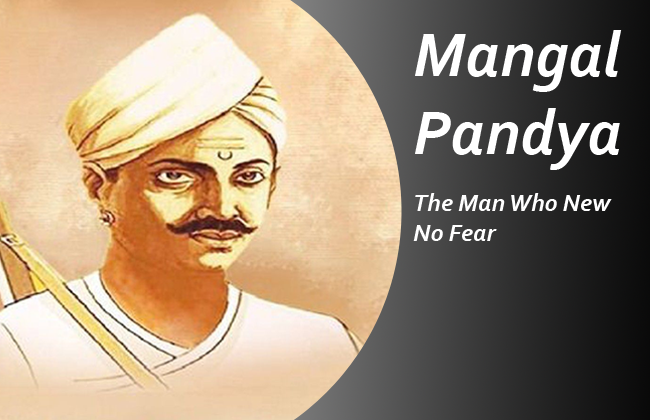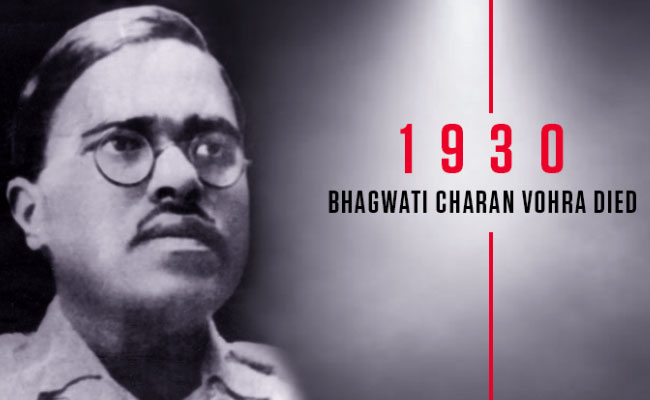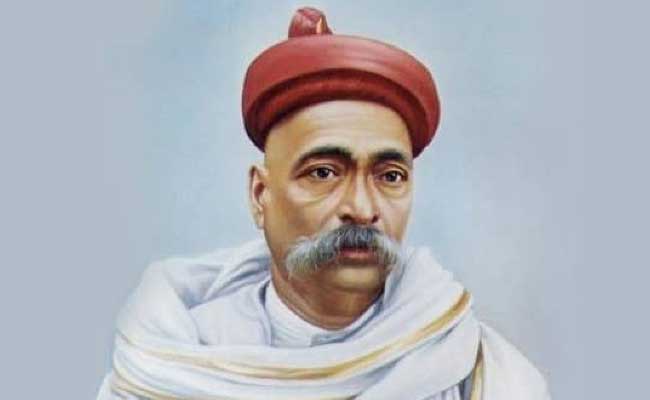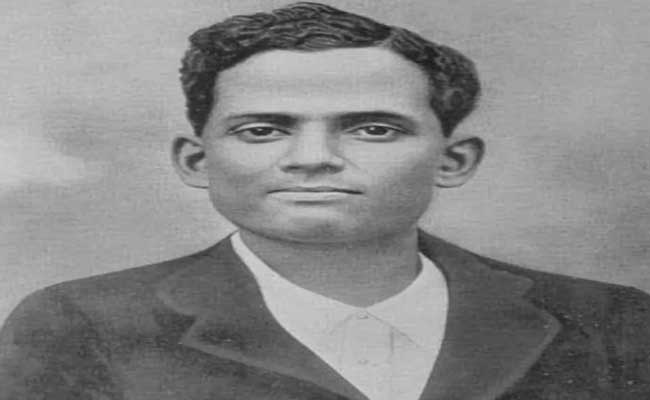Mangal Pandey, also known as Shaheed Mangal Pandey, was an Indian soldier in the British East India Company’s army who played a significant role in the Indian Rebellion of 1857. He is widely regarded as one of the key figures in India’s fight against colonial rule, and his actions have had a lasting impact on Indian history.
Mangal Pandey was born on July 19, 1827, in Nagwa, a small village in the Ballia district of Uttar Pradesh. He was the son of a Brahmin farmer and grew up in a traditional Hindu household. At the age of 22, he joined the British East India Company’s army as a sepoy (soldier) in the 34th Bengal Native Infantry. He was known for his bravery and was quickly promoted to the rank of a havildar (sergeant).
In 1857, the Indian Rebellion broke out, which was a significant uprising against British colonial rule in India. The rebellion had several underlying causes, including the introduction of new laws and regulations that were perceived as oppressive and unfair to the Indian people. There was also widespread discontent among Indian soldiers in the British army, who were treated poorly and paid less than their British counterparts.
Mangal Pandey became a key figure in the rebellion when he refused to use the new cartridges that were issued to the soldiers. The cartridges were said to be greased with pig and cow fat, which was offensive to both Hindu and Muslim soldiers. When Mangal Pandey refused to use the cartridges, he was court-martialed and sentenced to death.
On March 29, 1857, Mangal Pandey attempted to incite a mutiny among the other Indian soldiers in his regiment. He attacked and wounded his British sergeant, and then turned his gun on himself in a failed suicide attempt. He was eventually arrested and hanged on April 8, 1857.
Mangal Pandey’s actions sparked a wave of rebellion across India, as other Indian soldiers and civilians rallied against British rule. His defiance and sacrifice became a symbol of resistance and inspired many others to join the rebellion. The Indian Rebellion of 1857, also known as the First War of Indian Independence, was one of the most significant uprisings against colonial rule in Indian history.
Mangal Pandey’s legacy lives on in India to this day. He is widely regarded as a national hero and is celebrated for his courage and sacrifice in the fight against colonialism. His story has been immortalized in literature, film, and popular culture, and he is remembered as a symbol of India’s struggle for independence.
In recent years, there have been calls to formally recognize Mangal Pandey’s contributions to Indian history. In 2005, the Indian government declared March 29, the day of Mangal Pandey’s attempted mutiny, as Shaheed Diwas (Martyr’s Day) to honor his sacrifice. In 2018, a statue of Mangal Pandey was unveiled at the Meerut Cantonment, where the Indian Rebellion of 1857 began.
However, Mangal Pandey’s legacy is not without controversy. Some historians have criticized his actions as impulsive and reckless, arguing that he did not fully understand the consequences of his actions. Others have questioned the extent of his involvement in the rebellion, suggesting that his role has been exaggerated over time.
Despite these criticisms, Mangal Pandey remains an important figure in Indian history, and his story continues to inspire generations of Indians to fight for freedom and justice. His legacy serves as a reminder of the sacrifices that were made in the struggle against colonialism, and his courage and defiance continue to inspire those who seek a better future for India.
![]()





